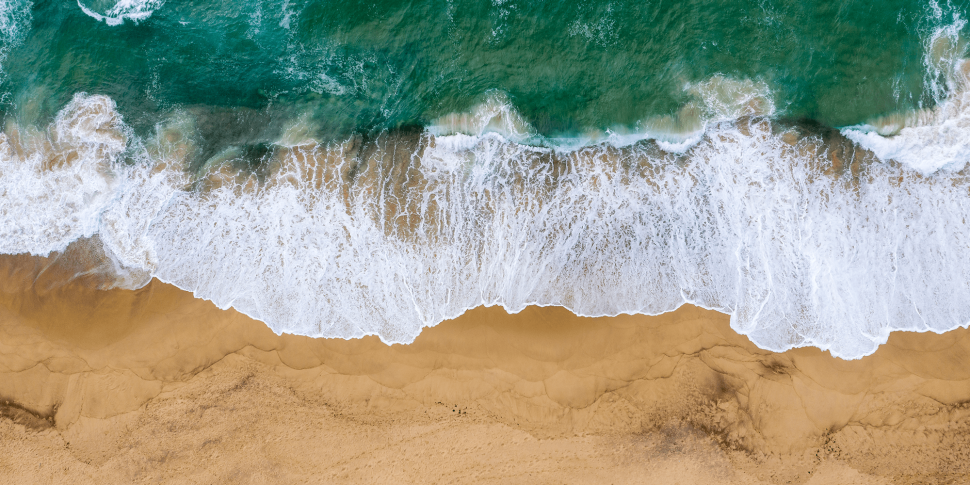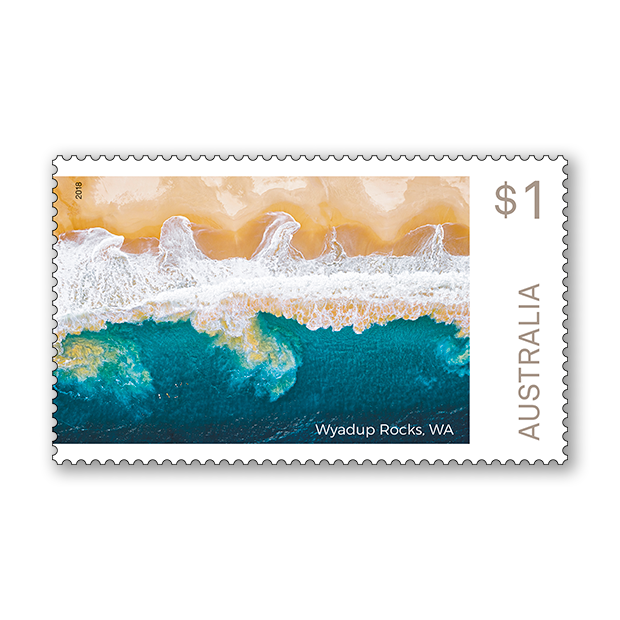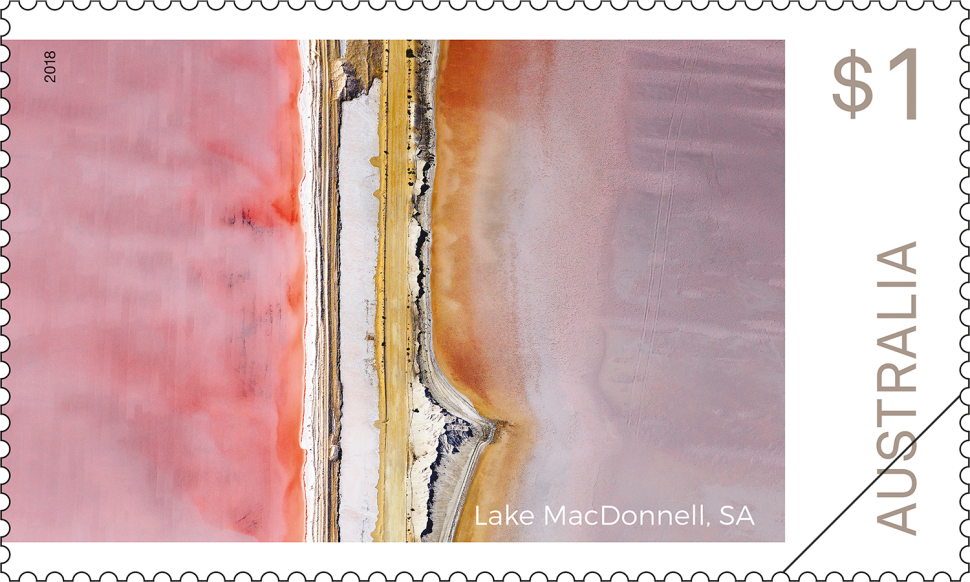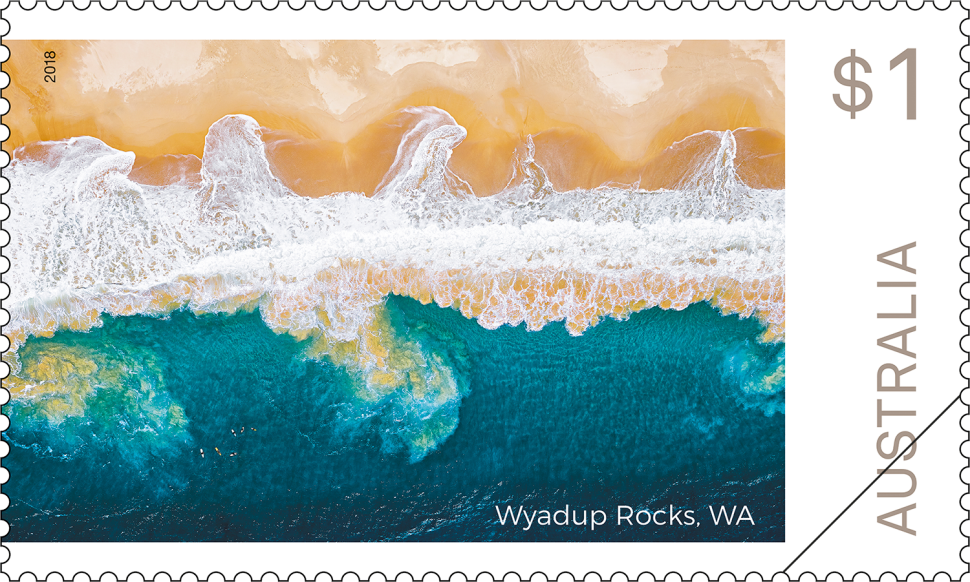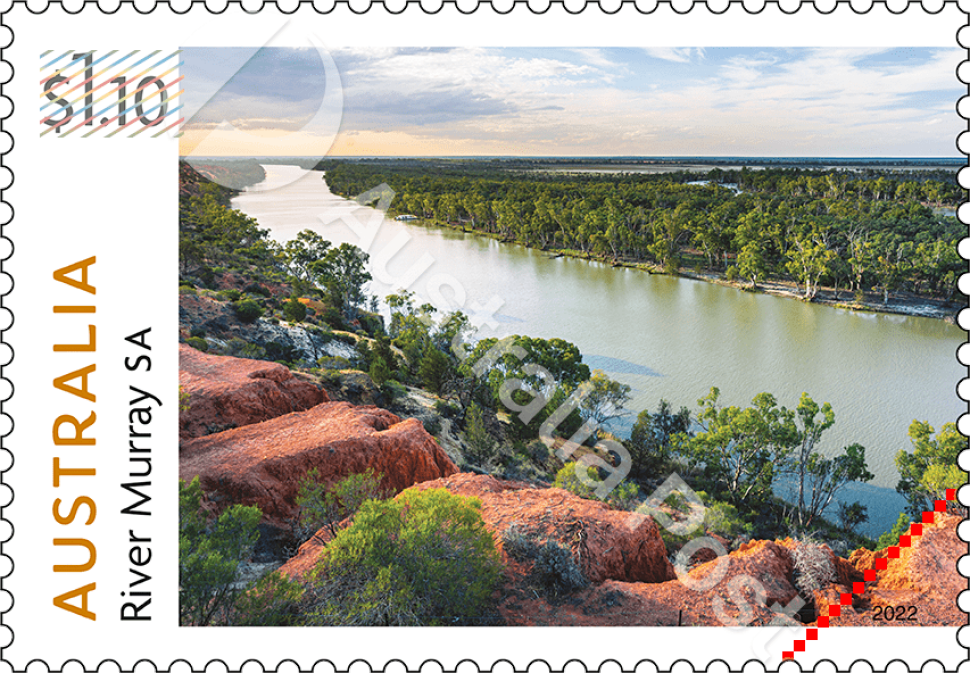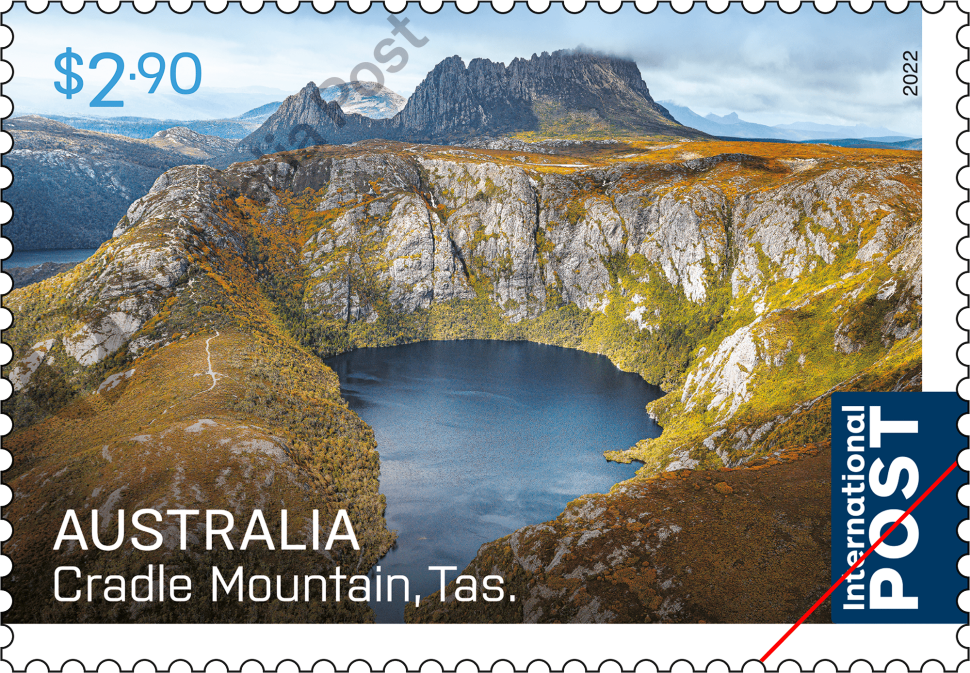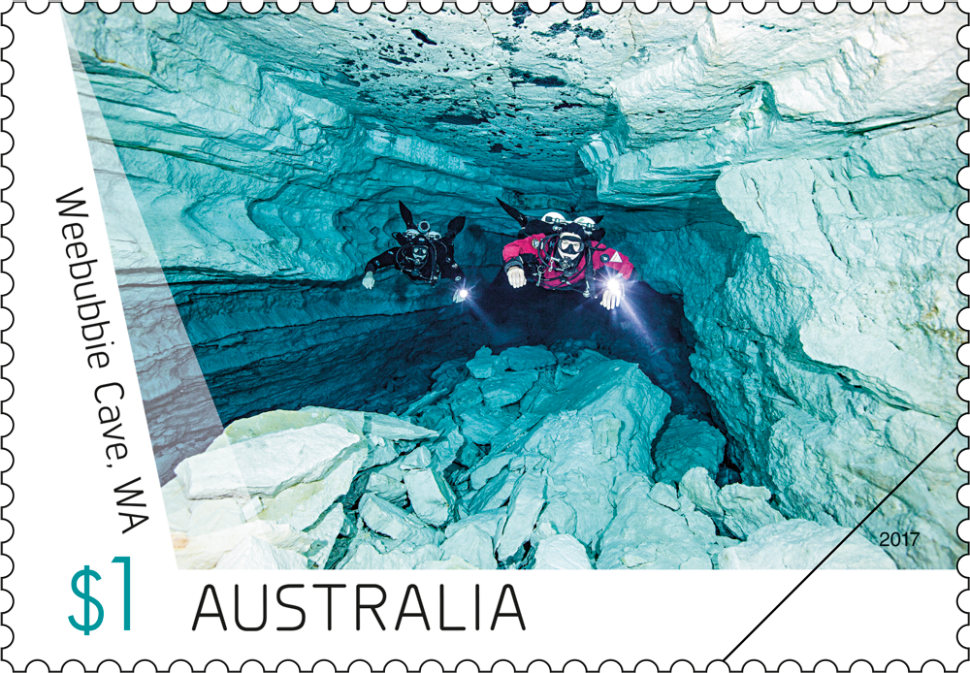Aerial photography is a particularly effective mode for enabling the natural landscape to unfold in abstracted form. Such photography not only reveals singular landforms in quite unexpected ways but it also accentuates patterning, symmetry and colours that invoke in us deeply felt connections with planet Earth.
This stamp issue presents photographs of natural landscapes that illustrate nature’s remarkable ability to mimic art.
These double-definitive stamps, by Andrew Hogg Design, show abstracted pictorial spaces that are recognisably landscapes but which also convey a painterly quality. The stamps feature locations from the east, west and south of our diverse continent, each distinct in its representation of colour, form and type. Three of the incredible photographs are by Christian Fletcher; the fourth, of Cape Capricorn, is by Richard Woldendorp.
Products released in this issue
- Minisheet
- First day cover (blank, gummed, minisheet)
- Stamp pack
- Maxicards
- Booklets of 10 x $1 stamps (self-adhesive)
- Booklet collection
Technical specifications
- Issue date
- 12 June 2018
- Issue withdrawal date
- 31 December 2018
- Denominations
- 4 x $1
- Stamp design
- Andrew Hogg Design
- Product design
- Andrew Hogg Design
- Printer - gummed
- EGO
- Paper - gummed
- Tullis Russell
- Printer - self-adhesive
- RA Printing
- Paper - self-adhesive
- SecurePost MC90
- Printing process
- Offset lithography
- Stamp size
- 50mm x 30mm
- Minisheet size
- 170mm x 80mm
- Perforations
- 14.4 x 14
- Sheet layout
- Module of 25
- FDI postmark
- Ayr QLD 4807
- FDI withdrawal date
- 10 July 2018
Located about half way up Western Australia’s west coast, Shark Bay is a spectacular World Heritage–listed area that stretches along 1,500 kilometres of coastline. It includes several islands, white sand beaches, red cliffs and tranquil turquoise lagoons, and is home to remarkable biological diversity and marine life. Showing the shifting sands of this coastal idyll, the photograph was taken on a Phase One IQ280 80 mega pixel camera.
Lake MacDonnell is near the South Australian township of Penong, about 850 kilometres west of Adelaide. Mineral deposits give the lake its brilliant pink colour. The lake is responsible for the harvest of huge amounts of salt, and is also a key source of gypsum, having the largest deposits of this mineral in Australia. Taken on a Phase One IQ280 80 mega pixel camera, the photograph shows a roadway cleaving the waters of the brine lake.
Wyadup Rocks are on Injidup beach, in the Margaret River region of Western Australia, along a stretch of coast known for its fine surf. The Wyadup outcrop is a meeting point of rocky boulders, pale sand and deep-turquoise sea. Ocean waves crash across the rocks filling natural rock pools, providing for a heavenly bathing experience. The photograph shows the interface of waters and sand, and was taken on a Phase One IQ280 80 mega pixel camera.
Cape Capricorn lies on the north-eastern tip of Curtis Island, which is north-east of Gladstone, Queensland. The site was named by James Cook during his 1770 voyage up Australia’s east coast for its precise location on the Tropic of Capricorn, at a latitude of 23° 30’ S. Taken in 1997 on an analogue camera (a Pentax 6x7 camera using Ektachrome 100 film), the photograph shows an estuary and sand banks.
This content was produced at the time of the stamp issue release date and will not be updated.
